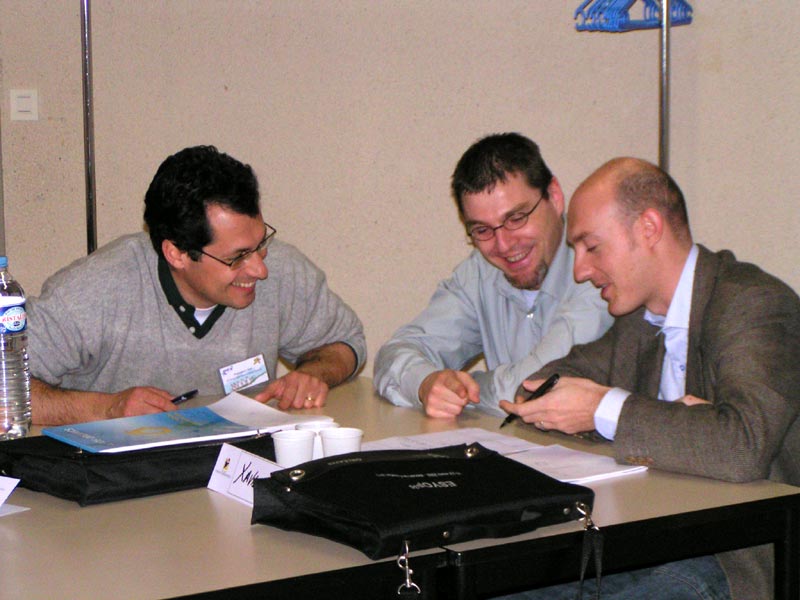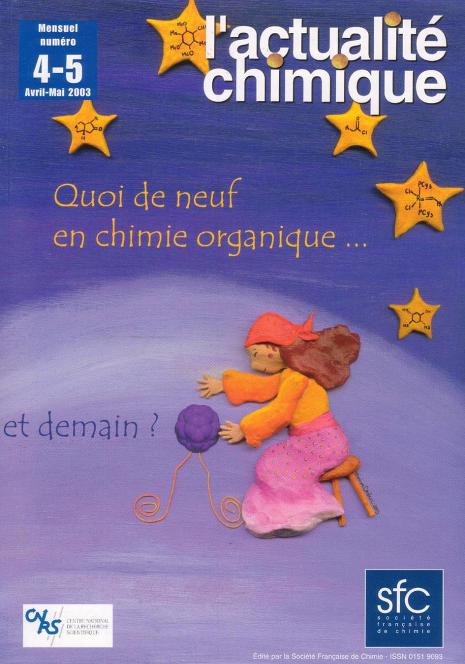ESYOP
Organic Chemistry - Where now ?
For every young chemist at the beginning of his career, this question is crucial. To tackle this challenging issue, we have organized in France the first edition of ESYOP, a symposium devoted to the future of Organic Chemistry in March 21-23, 2005. The overall aim of this symposium was to gather 35 young chemists in order to elaborate a collective answer to the crucial question: Organic Chemistry - Where now?. The collective reflection hinged on lectures given by outstanding chemists (Profs J.-M. lehn and D. Seebach), oral communications and thinktank
sessions. Conclusions of the first edition have been published (New J. Chem 2006, 30, 823 and C. R. Chimie 2006, 9, 127- in french).


Profs J.-M. Lehn and D. Seebach (ESYOP I - March 2005)

Stimulating discussions! (ESYOP I - March 2005)

Think-tank sessions (ESYOP I - March 2005)

The Challenge of Simplexity: the simple and the complex in organic synthesis.
Actual. Chim. 2003, 4-5, 129-134. (To see more)
The Challenge of Simplexity. The simple and the complex in organic synthesis. Simplexity may be defined by the combination of simplicity and complexity within the context of a dynamic relationship between means and ends. The quest for simplicity constitutes the basis for all future challenges of organic synthesis: diversity, selectivity, green chemistry, and beauty. Due to the infinity of structures, i. e. properties, that has to be discovered, the focus of synthetic research is shifting gradually from target-oriented synthesis to diversity-oriented synthesis. A scientific approach based on the power of the molecular construction game and guided by an ideal for simplicity, has a high potential for discovery. For example, the creative combination of synthetic methodologies, mixing simplicity and maximization of structural complexity, is a powerful tool to produce surprising molecular structures or to uncover unexpected properties. Access to an infinite molecular diversity that would generate a new man-made complexity, comparable to Life itself, would raise fundamental questions such as what is Life? What are the root properties of Life? Where is the frontier between inanimate matter and living matter, between the natural and the non-natural?
